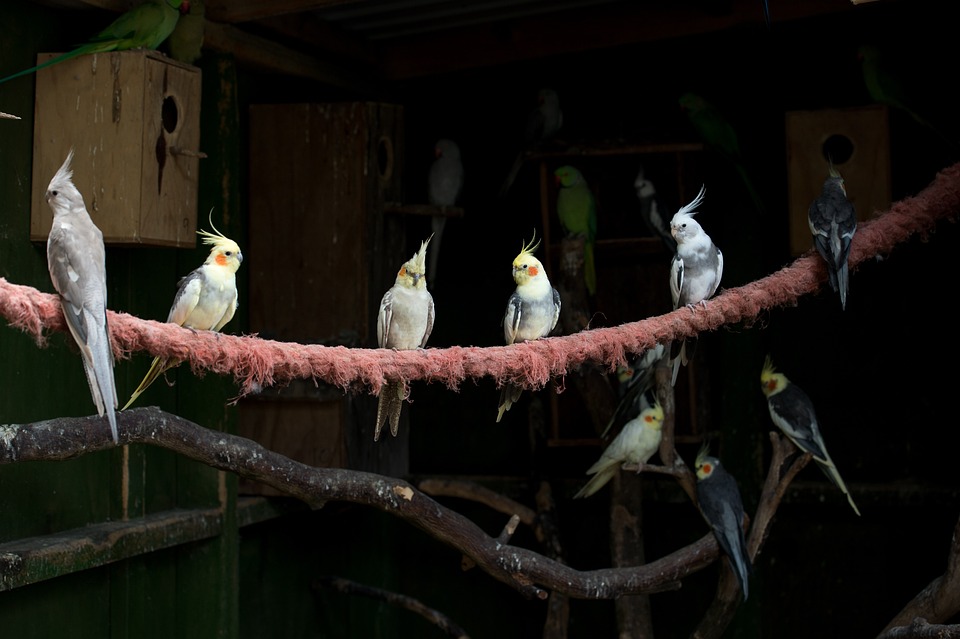Parrots are highly intelligent and social birds that require mental stimulation to thrive. One of the best ways to keep your parrot engaged and mentally stimulated is through the use of training toys. In this article, we will explore various techniques to encourage parrots to interact with different training toys, promoting their physical and mental well-being.
Training toys offer numerous benefits for parrots. They provide mental stimulation, prevent boredom, and help develop problem-solving skills. Additionally, training toys can promote physical exercise, as many require the use of beak and feet to manipulate or solve puzzles. Common types of training toys for parrots include puzzle feeders, foraging toys, shreddable toys, and interactive toys.
Choosing the right training toys for your parrot is essential. Assess your parrot’s skills and preferences to determine which toys are most suitable. Some parrots may prefer toys that require problem-solving, such as puzzle feeders, while others may enjoy toys that involve shredding or foraging. It’s also important to consider safety when choosing training toys. Ensure that they are made from non-toxic materials and do not have small parts that can be swallowed.
When introducing training toys to your parrot, it’s best to start with a gradual approach. Place the toy near your parrot’s cage and allow them to observe it without any pressure to interact. Over time, move the toy closer to the cage or perch to encourage familiarity. Associate positive experiences with the toy by placing treats or favorite foods near it. This will create a positive association and increase the likelihood of interaction.
Implementing training techniques can further encourage your parrot to interact with training toys. Positive reinforcement and rewards are effective methods to motivate your parrot. When your parrot shows interest or interacts with the toy, reward them with praise, treats, or their favorite foods. Incorporate training toys into daily training sessions to make them a part of your parrot’s routine. This will reinforce their importance and encourage consistent interaction. Additionally, rotating toy selection regularly can provide variety and prevent boredom.
Addressing common challenges in toy interaction is essential for success. Some parrots may exhibit fear or nervousness towards new toys. In such cases, take a slow and patient approach, allowing your parrot to observe the toy from a distance and gradually introducing it closer. Lack of interest or engagement may indicate that the toy is not suitable for your parrot’s preferences. Try different types of toys to find the ones that capture their interest. If your parrot displays aggressive behavior towards toys, consult an avian behaviorist or trainer for guidance.
In the FAQ section, we address common questions about training toys for parrots. Can you use any household objects as training toys? While some household objects may be suitable, always ensure they are safe and free from toxic materials. How often should you rotate your parrot’s toys? It’s recommended to rotate toys every few weeks to provide variety and prevent boredom. What if your parrot shows no interest in any training toys? Try different types of toys and consult a professional if needed.
In conclusion, training toys play a crucial role in keeping your parrot mentally stimulated and engaged. By understanding your parrot’s preferences, introducing toys gradually, and implementing positive reinforcement techniques, you can encourage your parrot to interact with different training toys effectively. Remember to prioritize safety and address any challenges that may arise along the way. With patience and consistency, you can provide your parrot with an enriching environment that promotes their overall well-being.









